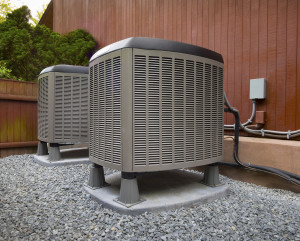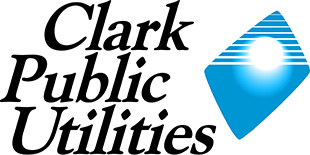
Heat pumps have the potential to deliver significant savings on your home heating bill because they deliver energy more efficiently than other sources. Heat pumps are actually air conditioners that include a reverse cycle for heating, so they cool homes in summer and heat them in winter.
Use our heating comparison calculator to compare costs of different heating methods.
Let us Help You!
We offer incentives for the installation of heat pumps in electrically heated homes. You may qualify for a rebate of between $500 and $1,250, depending on the type of heat pump and your existing heating method. The heat pump must be installed by a contractor participating in the utility’s Contractor Network.
Air Source Heat Pump Rebates
- $1,000 rebate for electric forced air furnace conversion to a central heat pump (7.5 or greater HSPF2).
- $1,250 rebate for electric forced air furnace conversion to a central variable speed heat pump (7.5 or greater HSPF2).
- $500 rebate for heat pump or electric zonal replacement with a central variable speed heat pump* (7.5 or greater HSPF2).
*Also available for single-family new construction unless the home is participating in the New Homes Performance program.
How Heat Pumps Work
With a process similar to refrigeration, the heat pump system picks up heat from the air and releases inside the home or outside depending on the season. In winter, heat is extracted from the outside air by a refrigerant, concentrated by a compressor, circulated through the heat pump’s coils and sent into your home’s duct system. In summer the process is reversed: The pump extracts heat from the air inside and transfers it outside.
When the outside temperature drops below approximately 35 degrees (or if the heat pump fails) a backup system kicks in (usually a gas or electric furnace). The back-up system will also switch on to speed up heating when the thermostat setting is increased, but this auxiliary heat is more expensive to operate than the heat pump. Consider using a special heat pump thermostat, which will regulate temperature changes during the day and night, and operate your heat pump more efficiently.
Heat Pump Operating and Maintenance Tips
- Insulate your home and ductwork for greatest cost savings.
- Check and clean air filters regularly and replace them when needed.
- Keep all registers open fully to maintain airflow balance.
- Keep the area around your outdoor condensing unit clear of weeds and other obstructions that might interfere with the air flow.
- Remove grates and vacuum heat registers occasionally to clear away dust and other debris.
- Check ducts yearly for loose connections and holes.
- Inspect the indoor cooling coil in the fan unit to make sure the condensate drain is draining water properly.
Your energy savings and project costs will vary. Program requirements and rebate amounts are subject to change without notice. We do not endorse any particular contractor, manufacturer or product. We make no express or implied warranties of these products or installations. There are limits to rebates and grants (when available).

